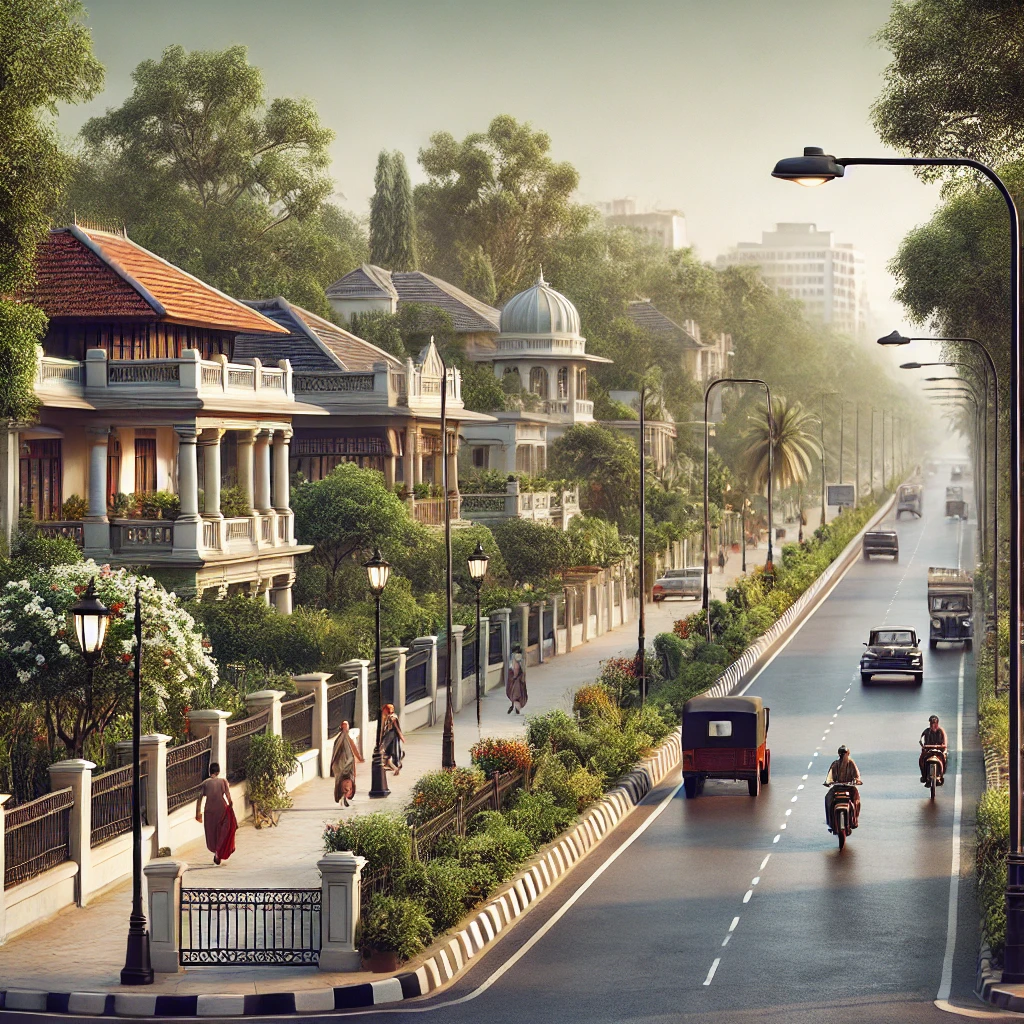Civil Line, a term widely recognized across India, refers to specific areas established during the British colonial era to house European officials and civil servants. These neighborhoods were meticulously planned with a focus on spacious layouts, greenery, and a calm environment, standing in contrast to the densely populated old city areas. Today, Civil Lines are prominent in many Indian cities, symbolizing heritage, modernity, and prime residential spaces.
Historical Significance of Civil Line
The concept of Civil Line emerged during the British colonial period as part of their administrative and residential planning. These areas were designed to accommodate senior government officials, offering a serene and exclusive living environment. The name "Civil Line" distinguished these settlements from "Cantonments," which housed military personnel.
Key Features of Civil Line Areas
1. Colonial Architecture
Civil Line neighborhoods often showcase colonial-era bungalows, government buildings, and churches, reflecting the architectural style of the time.
2. Green Spaces
These areas were designed with ample greenery, parks, and tree-lined avenues, creating a tranquil atmosphere.
3. Central Location
Civil Line areas are typically located near city centers, offering easy access to administrative offices, markets, and transportation hubs.
4. Modern Development
Over time, Civil Lines have evolved to include modern amenities such as high-end residential apartments, schools, hospitals, and shopping complexes.
Civil Line in Contemporary India
Civil Line areas have retained their charm and remain some of the most prestigious addresses in cities like Delhi, Jaipur, Nagpur, and Allahabad. These neighborhoods are known for their well-maintained infrastructure and cultural heritage.
Popular Civil Line Areas:
- Delhi Civil Lines: A blend of colonial history and urban sophistication, featuring landmarks like the Flagstaff Tower and St. James’ Church.
- Nagpur Civil Lines: Known for its government offices, wide roads, and serene ambiance.
- Allahabad Civil Lines: A hub for educational institutions, shopping centers, and administrative buildings.
Why Civil Line Areas Are Sought-After Today
- Prime Real Estate: Civil Line properties often command high value due to their central location and historical significance.
- Lifestyle Appeal: The blend of heritage and modernity attracts professionals, families, and retirees.
- Investment Potential: Civil Lines are considered lucrative for real estate investment due to consistent demand and limited supply.
Challenges in Civil Line Areas
While these neighborhoods are iconic, they face challenges such as maintaining heritage structures, managing traffic congestion, and ensuring sustainable development.
Conclusion
Civil Line areas in India are a testament to the country’s colonial history and its ability to blend tradition with modernity. Whether you are exploring their architectural beauty or considering them for residential or investment purposes, Civil Line neighborhoods offer a unique charm and enduring value.
Discover the timeless appeal of Civil Line in your city today!
